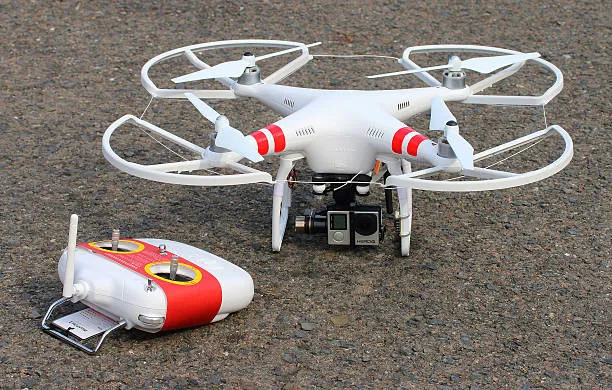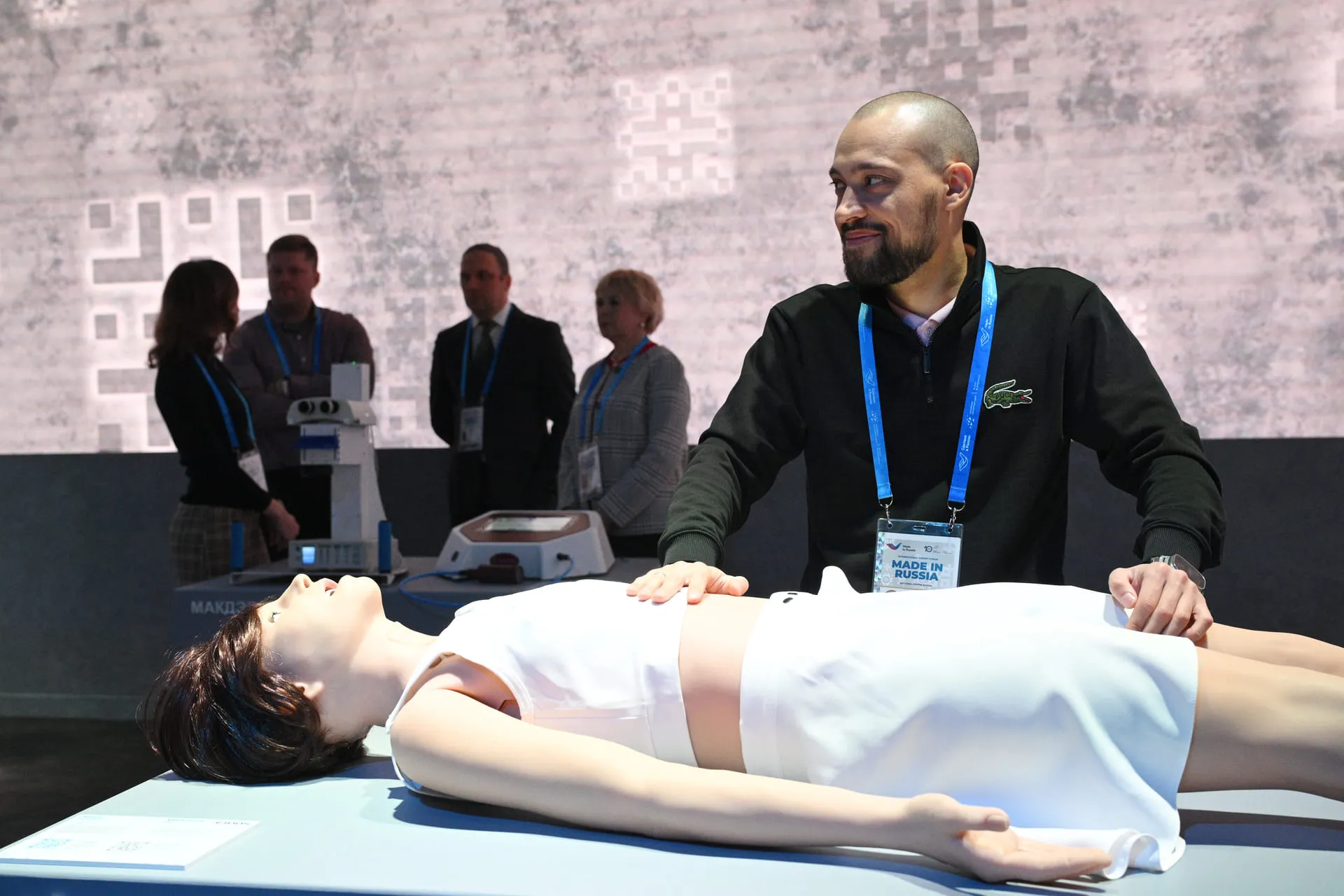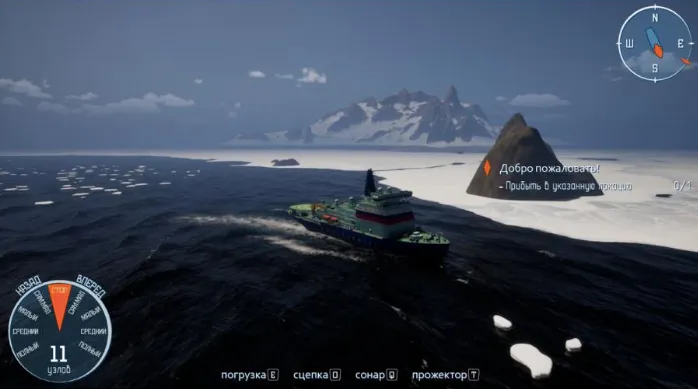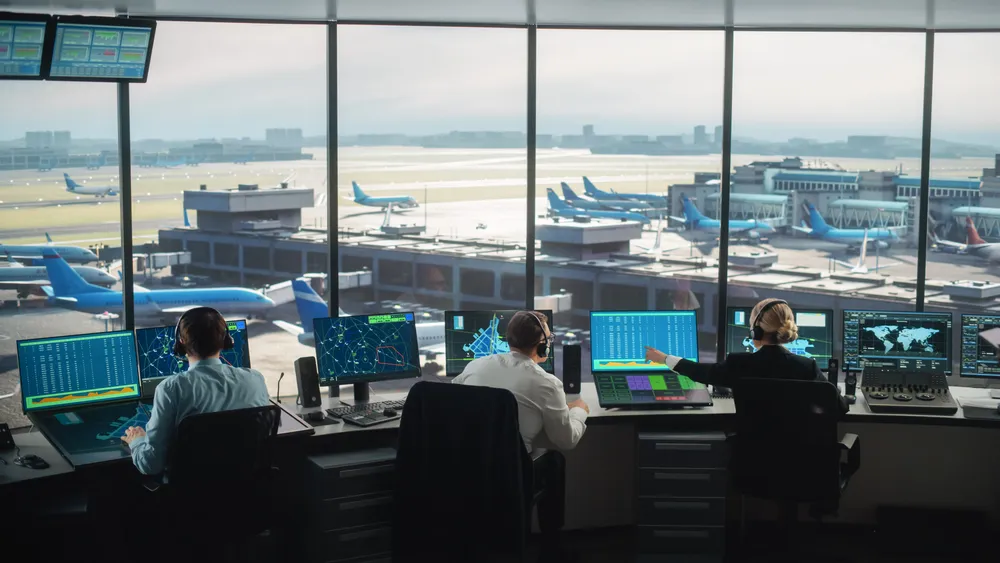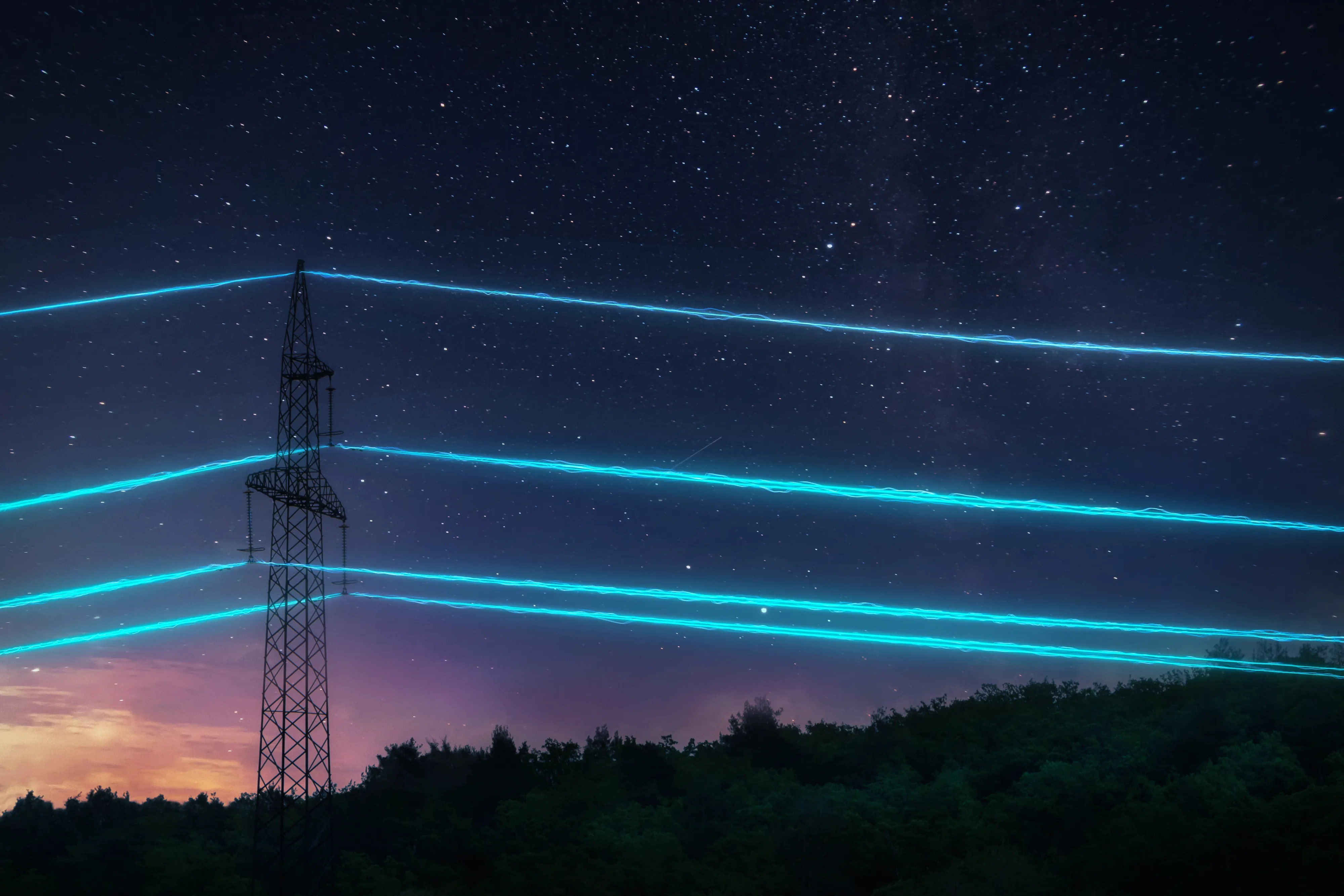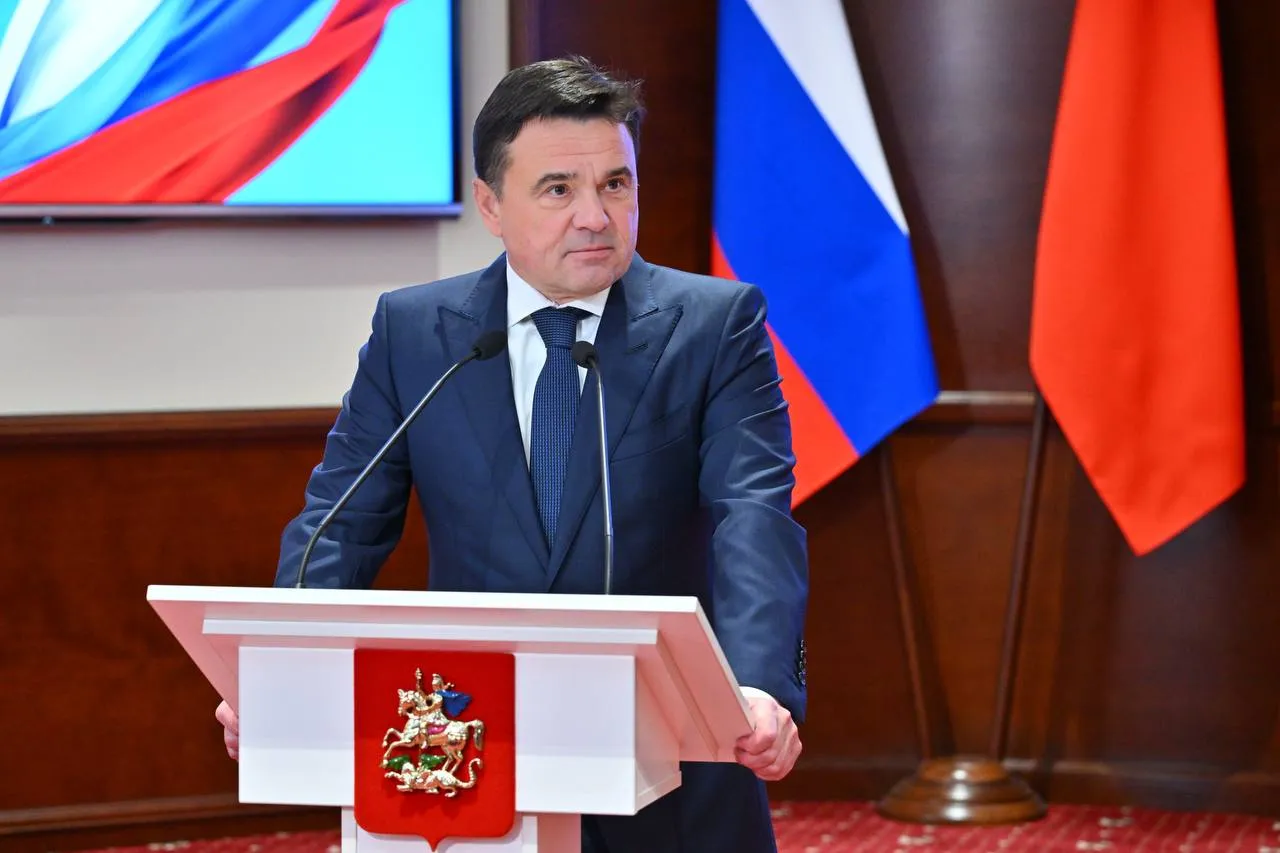Russian Architectural Landmarks Can Be Visited From Anywhere in the World
A large-scale digital initiative in Russia is creating high‑precision digital twins of historic and maritime landmarks, making national cultural heritage accessible worldwide while providing new tools for preservation, research, and public engagement.
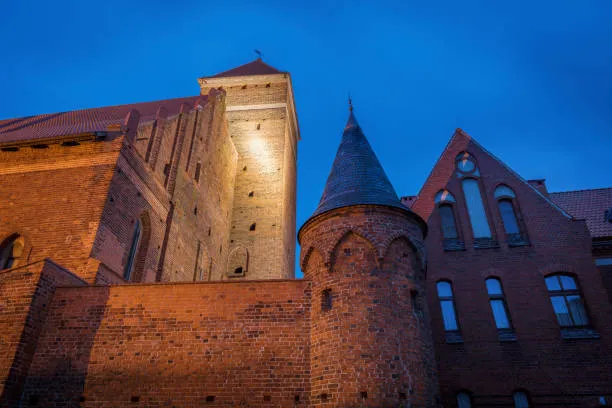
A Nationwide Virtual Heritage Initiative
Russia is launching an ambitious digital project that will allow users to virtually explore significant historical and maritime sites. The initiative is being developed by the People of the Sea Foundation, the company Fertoing, and the Museum of the World Ocean, with support from the Hydrographic Service of the Russian Navy.
The team plans to add to the GIS portal “Russia — From Sea to Sea” digital twins of the Transfiguration Cathedral, the Church of the Apostle Andrew the First‑Called, Neuhausen Castle, the Ausfall Gate, the Bronsart, Gneisenau, and Greben forts, as well as the Rybachy and Taran lighthouses.
How Digital Twins Are Created
The project relies on high‑precision aerial photography, which captures architectural details with extraordinary accuracy. More than 30 sites are planned for imaging—from religious landmarks to Baltic Fleet lighthouses and fortifications.
Using the collected data, engineers will build exact 3D models that will be available to the public through an online portal in a 360‑degree interactive viewing format.
Beyond Virtual Tours: Practical Value
Digital twins serve purposes far beyond virtual sightseeing. They will support researchers, help restorers monitor the condition of historic structures, and engage wider audiences in the history of these sites.
This initiative strengthens Russia’s capacity to preserve key architectural heritage while offering global audiences a new, technologically advanced way to experience it.



